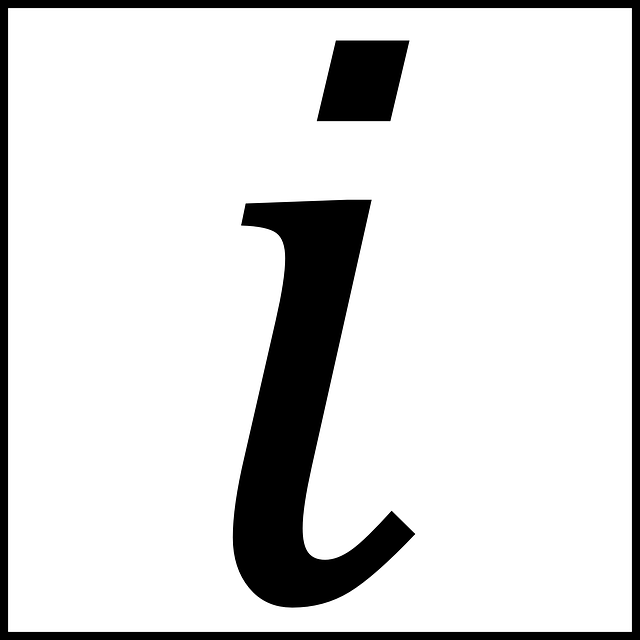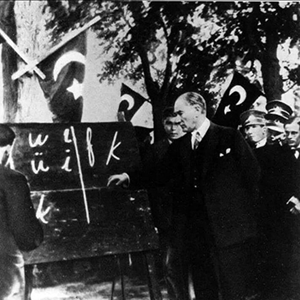The invention of imaginary numbers: separating math from reality
Published:
 Mathematics began as a way to quantify our world, to measure land, predict the motions of planets, and keep track of commerce. But there was a problem that was considered impossible to solve. The secret to solving it was to separate math from the real world, to split algebra from geometry, and to invent new numbers so fanciful they are called imaginary. In this post, we will explore how imaginary numbers were invented and their relevance today.
Mathematics began as a way to quantify our world, to measure land, predict the motions of planets, and keep track of commerce. But there was a problem that was considered impossible to solve. The secret to solving it was to separate math from the real world, to split algebra from geometry, and to invent new numbers so fanciful they are called imaginary. In this post, we will explore how imaginary numbers were invented and their relevance today.
In 1494, Luca Pacioli, who was Leonardo da Vinci’s math teacher, published Summa de Arithmetica, a comprehensive summary of all mathematics known in Renaissance Italy at the time. In it, there was a section on the cubic, any equation that today we would write as ax cubed plus bx squared plus cx plus d equals zero. People had been trying to find a general solution to the cubic for at least 4,000 years, but each ancient civilization that encountered it - the Babylonians, Greeks, Chinese, Indians, Egyptians, and Persians - all came up empty-handed.
Pacioli’s conclusion was that a solution to the cubic equation was impossible. Now, this should be at least a little surprising, since without the X cubed term, the equation is simply a quadratic. And many ancient civilizations had solved quadratics thousands of years earlier. Today, anyone who’s passed eighth grade knows the general solution. It’s minus b plus minus root b squared minus four ac all over two a. But most people just plug and chug into this formula completely oblivious to the geometry that ancient mathematicians used to derive it. Back in those days, mathematics wasn’t written down in equations. It was written with words and pictures.
Take, for example, the equation x squared plus 26x equals 27. Ancient mathematicians would think of the x squared term like a literal square with sides of length x. And then 26x, well, that would be a rectangle with one side of length 26 and the other side of length x, and these two areas together add to 27. How do we figure out what x is? Well, we can take this 26x rectangle and cut it in half. So now we have two 13x rectangles, and we can position them so the new shape we create is almost a square, it’s just missing this section down here. But we know the dimensions of this section. It’s just 13 by 13. So we can complete the square by adding in a 13 by 13 square. Now, since we’ve added 13-squared or 169 to the left-hand side of the equation, we also have to add 169 to the right-hand side of the equation to maintain the equality. So now we have this larger square with sides of length x plus 13, and it is equal to 196. Now the square root of 196 is 14. So we know that the sides of this square have length 14, which means x is equal to one.
This is a great visual way to solve a quadratic equation, but it isn’t complete. If you look at our original equation, x equals one is a solution, but so is negative 27. For thousands of years, mathematicians were oblivious to the negative solutions to their equations because they were dealing with things in the real world, lengths and areas and volumes. What would it mean to have a square with sides of length negative 27? That just doesn’t make any sense. So for those mathematicians, negative numbers didn’t exist. You could subtract, that is find the difference between two positive quantities, but you couldn’t have a negative answer or negative coefficients.
Cardano was intrigued and reached out to Tartaglia, offering to buy the secret from him. Tartaglia initially refused, but after being promised that it would remain a secret, he eventually relented and taught Cardano his method.
Cardano quickly saw the potential of Tartaglia’s method, but he also knew that he couldn’t keep it a secret forever. He wanted to share it with the world, but he had to find a way to do it without breaking his promise to Tartaglia.
Cardano came up with a clever solution. He wrote a book called “Ars Magna” (The Great Art), in which he explained how to solve not only the depressed cubic, but also the general cubic and the quartic equations. He disguised Tartaglia’s method in a series of anagrams, which could only be deciphered by someone who already knew the method.
The book was a huge success and made Cardano famous throughout Europe. But Tartaglia was furious. He accused Cardano of breaking his promise and demanded that he be publicly disgraced. Cardano tried to make amends by giving Tartaglia credit in later editions of the book, but the damage had been done. The two men became bitter rivals and exchanged insults in public for years.
Despite the controversy, Cardano’s book was a major breakthrough in the history of mathematics. It marked the first time that imaginary numbers appeared in a mathematical context, and it laid the foundation for the development of modern algebra. Today, we take imaginary numbers for granted, but it’s important to remember the centuries of hard work and struggle that went into their creation.
In conclusion, the story of how imaginary numbers were invented is a fascinating one, full of drama and intrigue. It shows how the human quest for knowledge and understanding can sometimes lead us to unexpected and surprising places. Without the courage and determination of mathematicians like Tartaglia and Cardano, we might never have discovered the true nature of reality.

 The year 2023 was full of various experiences for me. I took on the role of an Assistant Professor, and the journey had unexpected events like a major surgery, health issues within my family, starting a website, and picking up new hobbies. This post gives an honest overview of the good and bad moments that shaped my year. The foundation of everything in life is undoubtedly health. Without it, even the biggest achievements and detailed plans can fall apart. Health quietly influences our daily activities, professional goals, and personal relationships.
The year 2023 was full of various experiences for me. I took on the role of an Assistant Professor, and the journey had unexpected events like a major surgery, health issues within my family, starting a website, and picking up new hobbies. This post gives an honest overview of the good and bad moments that shaped my year. The foundation of everything in life is undoubtedly health. Without it, even the biggest achievements and detailed plans can fall apart. Health quietly influences our daily activities, professional goals, and personal relationships.  Ever wondered who the superheroes of the Java world are? Java Champions are like the rock stars of Java programming. They’re not just good; they’re exceptional! These are people who have shown their love for Java in outstanding ways. Java Champions are recognized as elite members of the Java community who have made significant contributions in various ways. Unlike certifications or titles that are earned through formal channels, becoming a Java Champion is an acknowledgment of a person’s ongoing and sustained efforts in the Java ecosystem.
Ever wondered who the superheroes of the Java world are? Java Champions are like the rock stars of Java programming. They’re not just good; they’re exceptional! These are people who have shown their love for Java in outstanding ways. Java Champions are recognized as elite members of the Java community who have made significant contributions in various ways. Unlike certifications or titles that are earned through formal channels, becoming a Java Champion is an acknowledgment of a person’s ongoing and sustained efforts in the Java ecosystem.  On November 24th, we observe Teachers’ Day in Turkey, a day that holds great importance and emphasizes the crucial role of education in our society. Mustafa Kemal Atatürk, a military leader and statesman, understood how education could profoundly shape a nation’s destiny. He believed that the progress and prosperity of a society were closely tied to the quality of its education system. Atatürk firmly believed that a well-educated and enlightened citizenry was the cornerstone for building a modern, democratic, and forward-thinking nation.
On November 24th, we observe Teachers’ Day in Turkey, a day that holds great importance and emphasizes the crucial role of education in our society. Mustafa Kemal Atatürk, a military leader and statesman, understood how education could profoundly shape a nation’s destiny. He believed that the progress and prosperity of a society were closely tied to the quality of its education system. Atatürk firmly believed that a well-educated and enlightened citizenry was the cornerstone for building a modern, democratic, and forward-thinking nation.